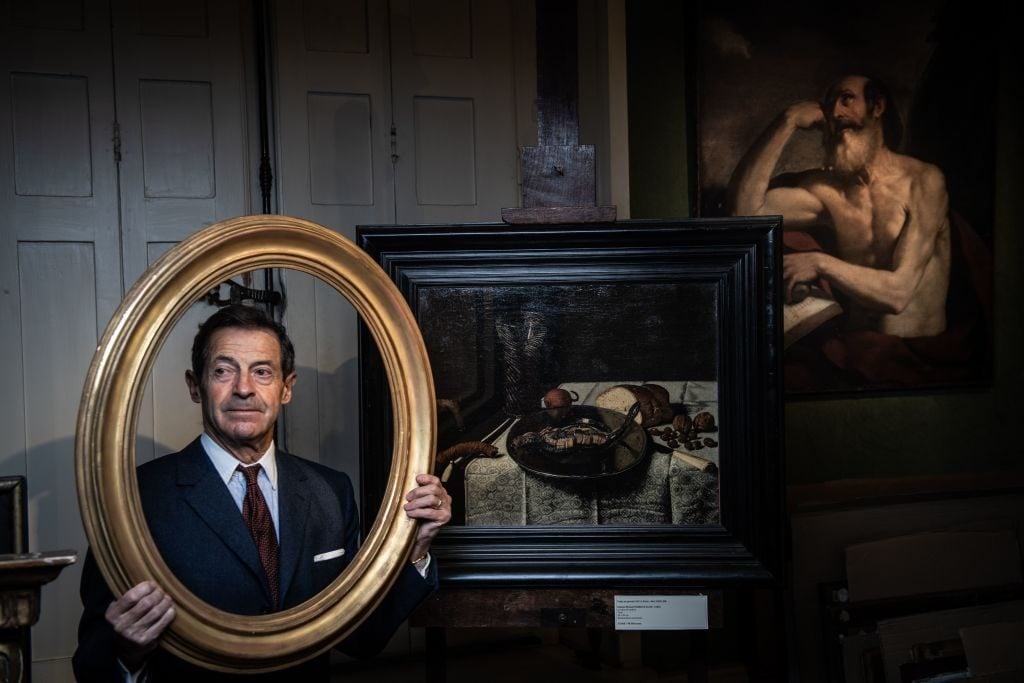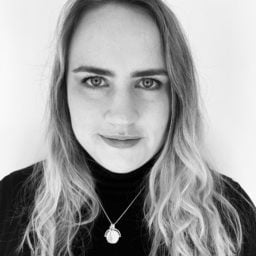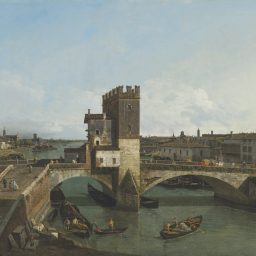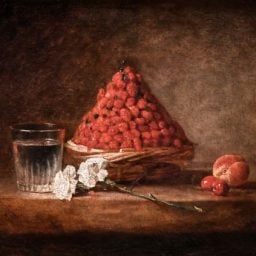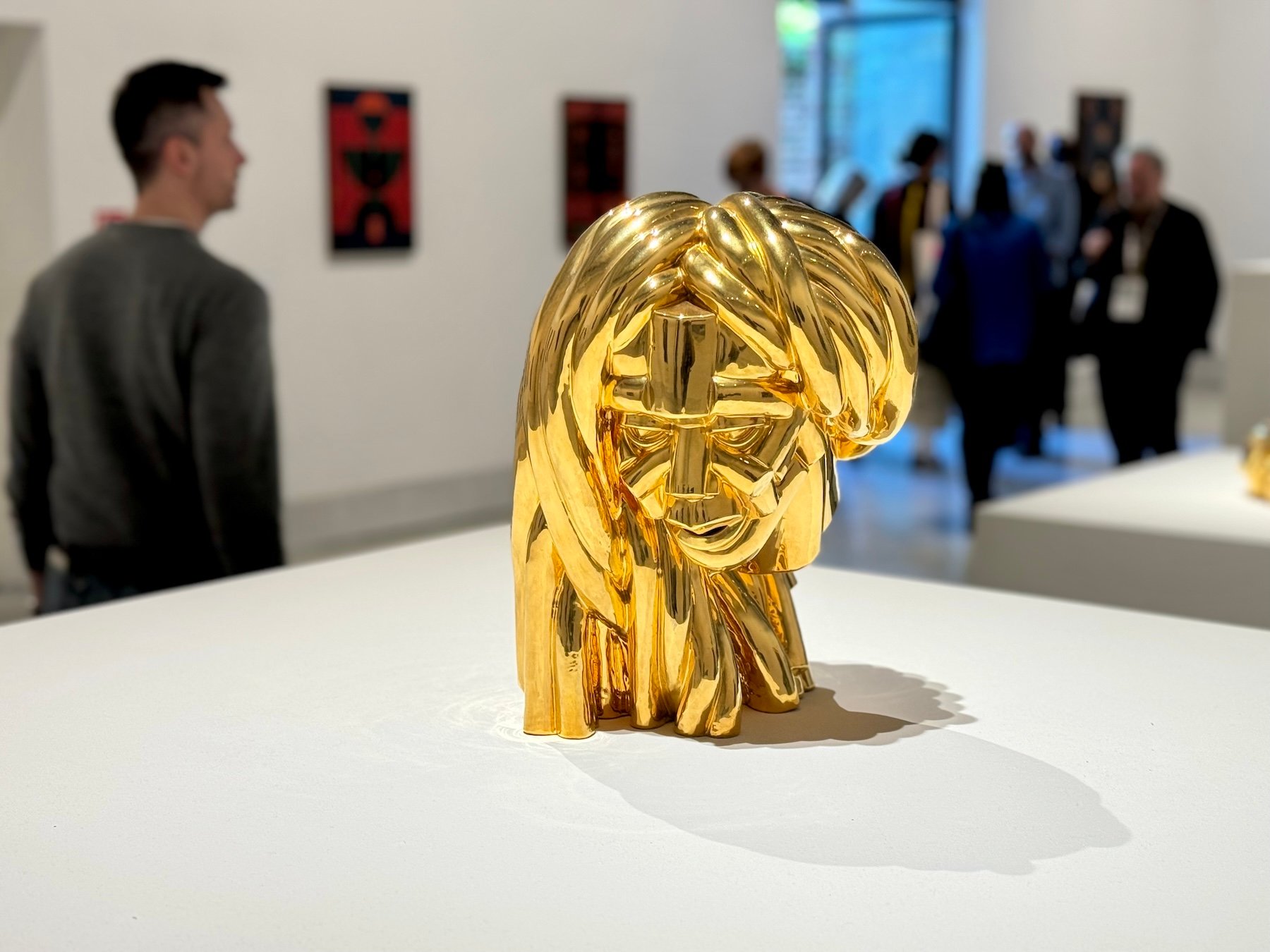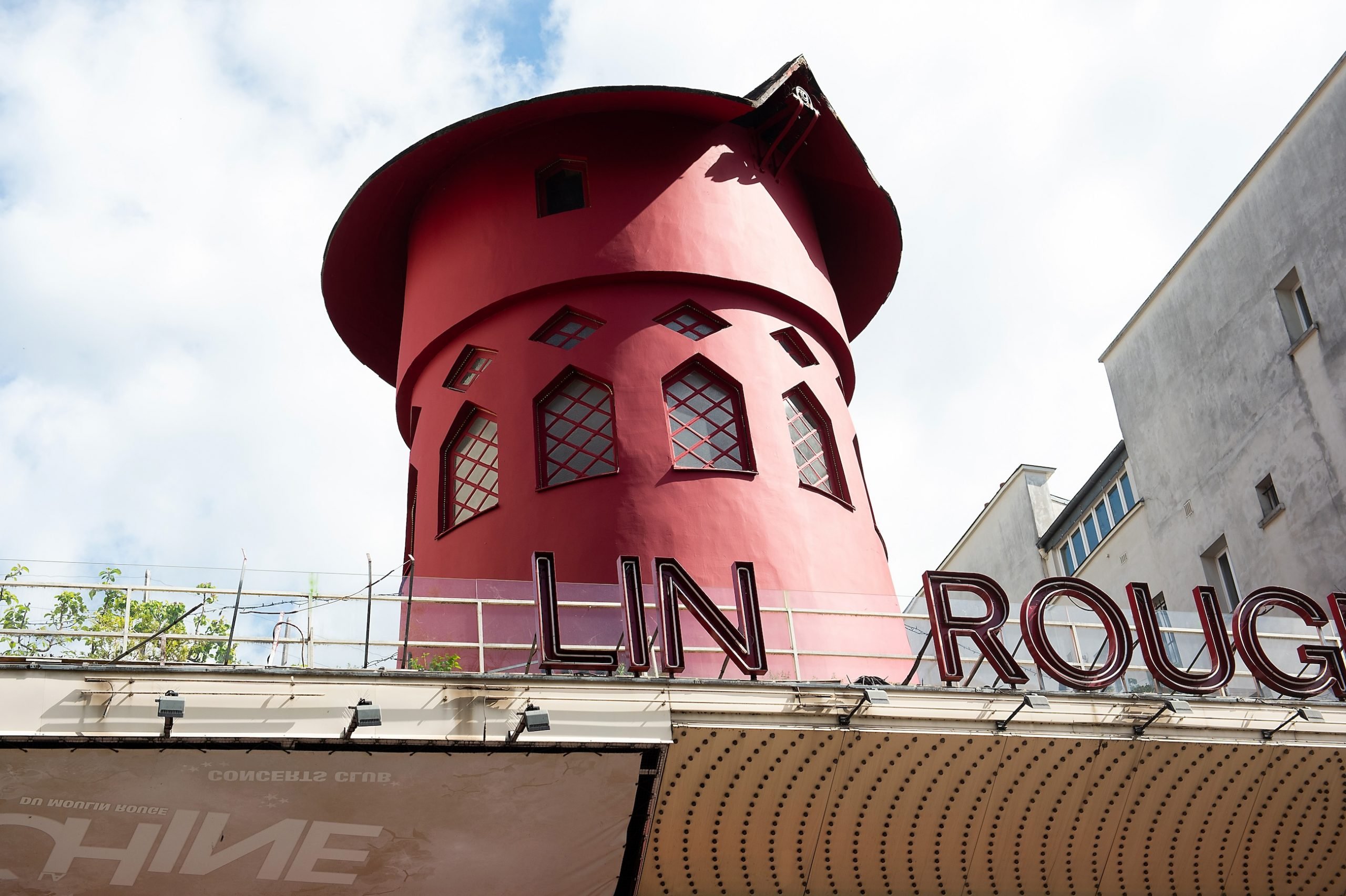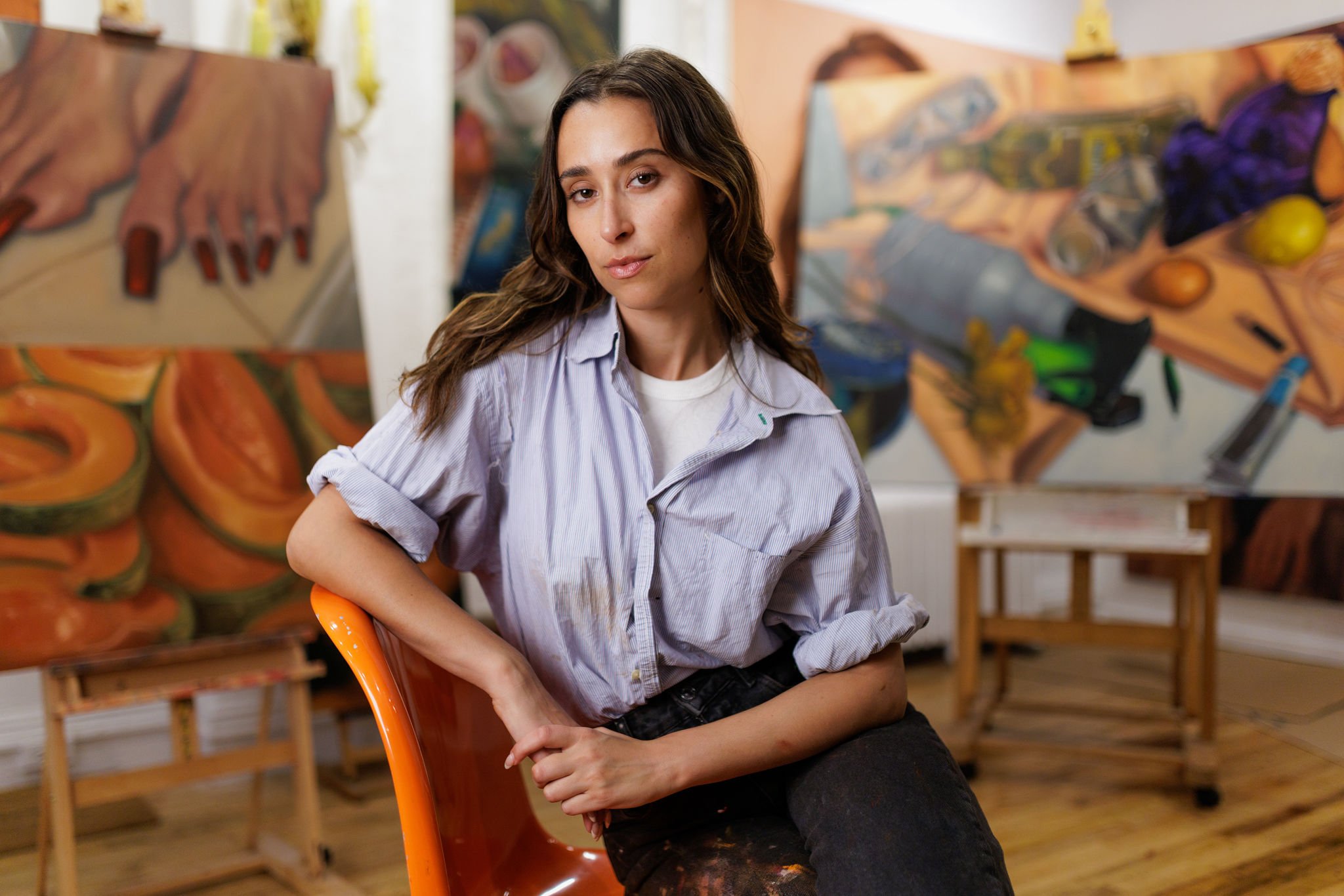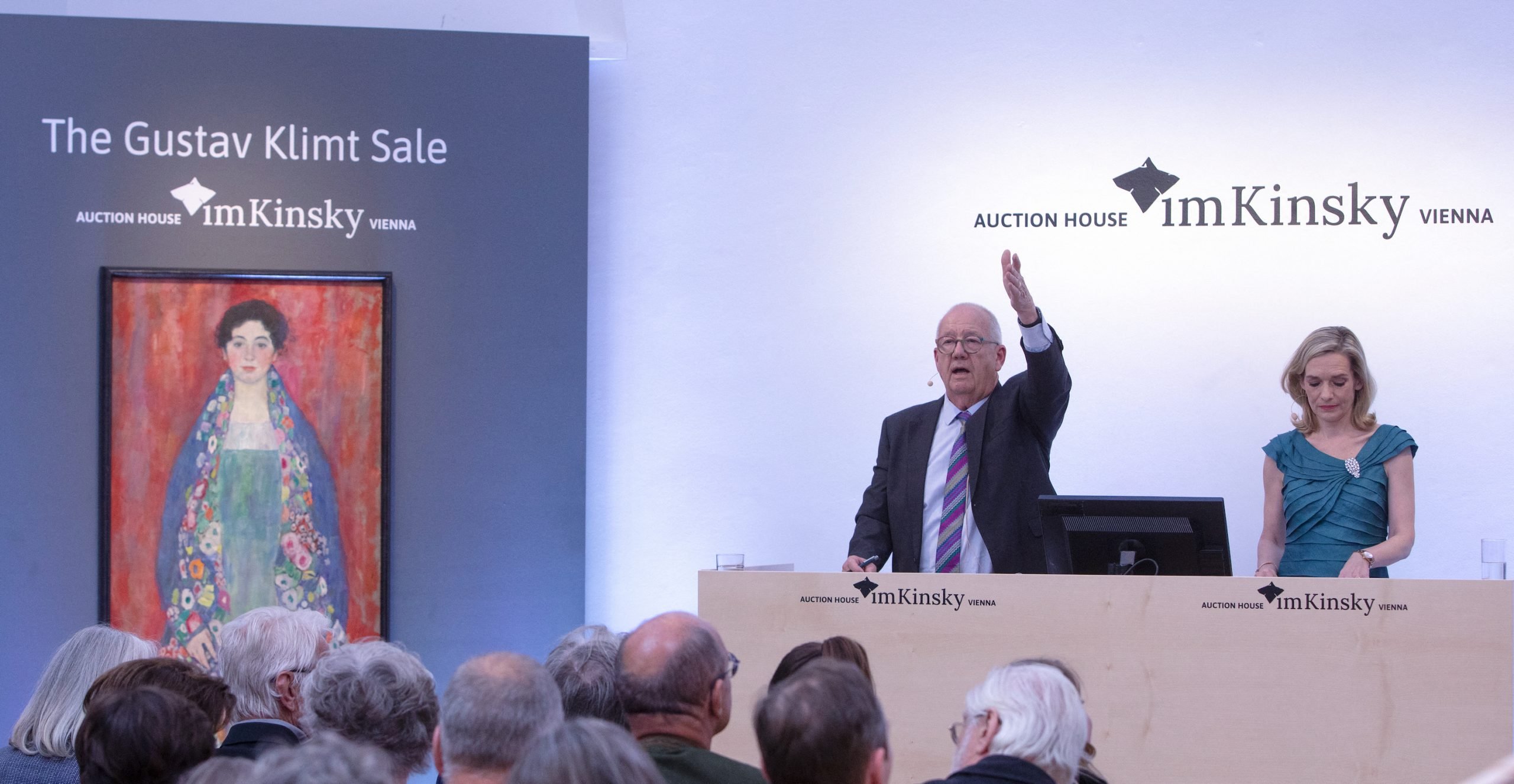For Old Master experts, coming across a “sleeper”—that is, a lost or previously misattributed masterpiece—is a once-in-a-career kind of event. But whenever you hear about a major sleeper sale in France, one particular name comes up again and again. That name is Eric Turquin, a 70-year-old specialist who has become a titan in the field.
Three years ago, Turquin wasn’t very well-known outside of the small world of Old Master paintings. But that changed in 2019, when he uncovered the holy grail—a previously unknown work by Caravaggio. Since then, it seems like the hits won’t stop coming. That same year, an expert from his small but powerful Parisian firm uncovered a rare Cimabue painting hanging above someone’s stove, which sold for $26.8 million. In June 2021, it was a Fragonard that had been gathering dust on an apartment wall, before it sold for $9.1 million.
Last month, a small auction house in Toulouse made $4 million on a long-lost Bernhard Strigel after one of Turquin’s team recognized the subject matter as a pendant to another religious panel in the Louvre Abu Dhabi. When I called Turquin to talk about the Strigel, he had also just discovered a famous still-life by Chardin, which is slated to be sold at Artcurial on March 23.
“We don’t have magic dust, but we do have a method of working which helps us to make these discoveries,” Turquin told me over the phone. The secret? Teamwork.
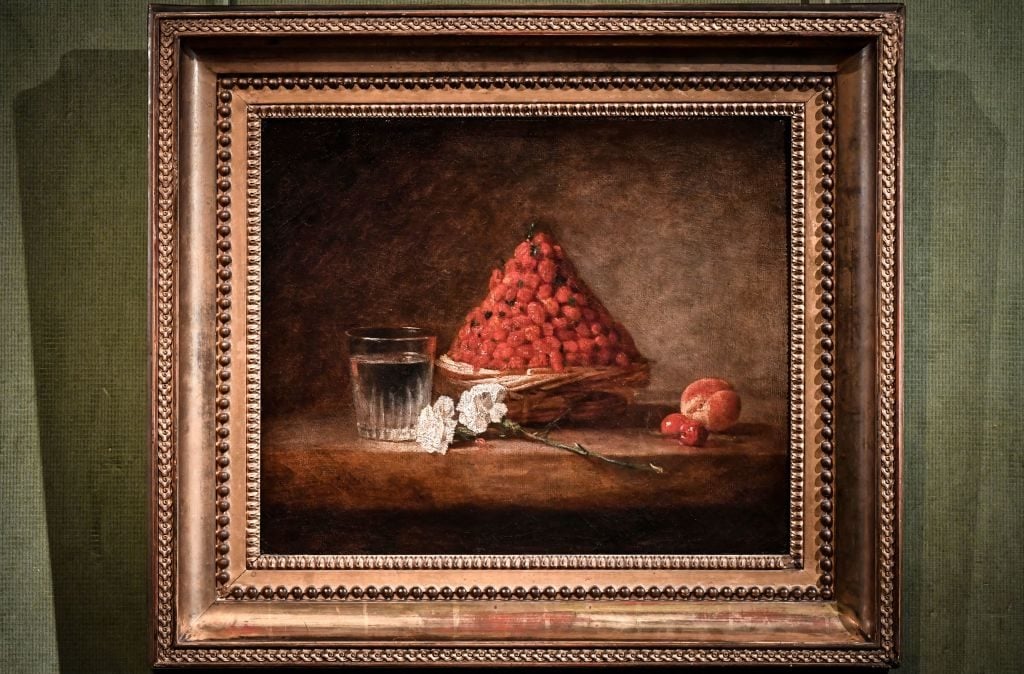
Jean Simeon Chardin’s Le panier de fraises des bois, displayed at the Cabinet Turquin in Paris, on January 20, 2022. Photo by Stephane De Sakutin/AFP via Getty Images.
Turquin’s handpicked team includes Philippine Motais de Narbonne, an academic who trained in the auction world, Stephan Pinta, a seasoned restoration expert, as well as two researchers, three archivists, and a fleet of five interns. Together, they carry out around 15,000 appraisals a year, taking a 5 percent commission when a lot is sold. In 2021, the business made somewhere between €20 million and €30 million.
“Of course, we have a gut feeling and this is very, very important. In mathematics, people call it intuition,” Turquin said. “It’s essential, but that intuition has to be checked because it can drive you towards mistakes.”
The business works with around 350 small-to-medium auction houses that do not have in-house expertise. Pauline Maringe, who owns ArtPaugée, the Toulouse house that sold the Strigel, has been working with Turquin since she founded her company in 2018. “Cabinet Turquin is one of the best-known old paintings expertise firms in France today,” she told Artnet News, adding that its archives on the French market are “unrivaled”.
The firm is additionally attractive because it does not deal in paintings, simply attributions. It has been a game-changer for regional auction houses like hers, which previously might have to turn to a competitor like Christie’s or the Hôtel Drouot to authenticate a work, and which might swoop in to clinch the sale. “Today a painting of this quality can be sold just as well in provincial auction houses such as ours, thanks to a good communication and the possibility of online sales,” Maringe said.
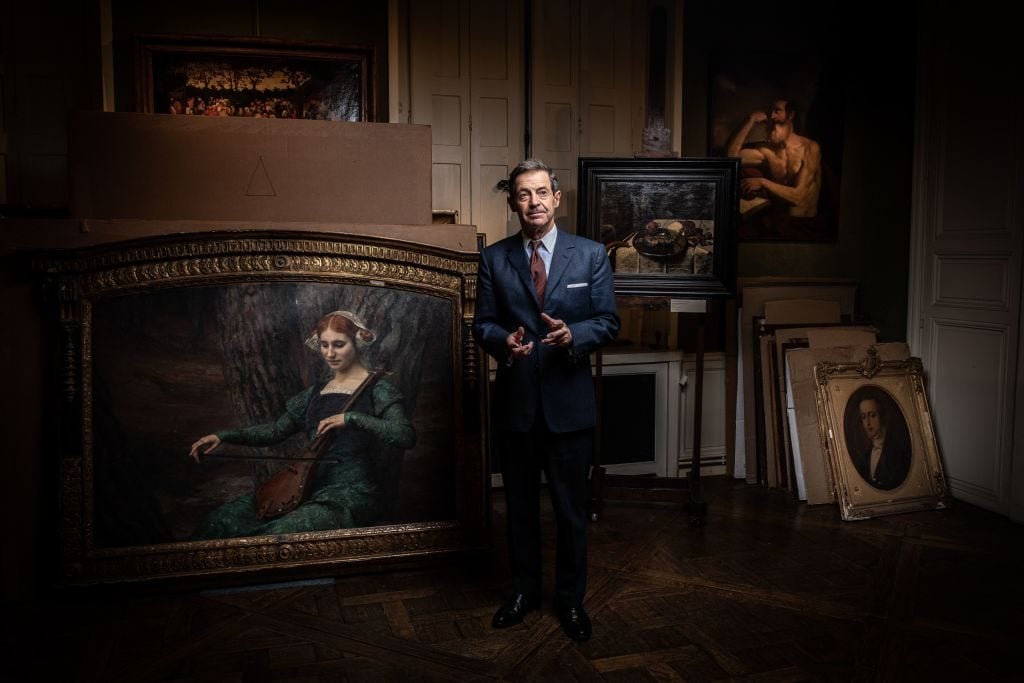
French art expert Eric Turquin in November, 2020. Photo by Martin Bureau/AFP via Getty Images.
Passport to Success
Turquin, whose parents were farmers, was first introduced to collecting by his great grandmother, who turned him onto stamps, then silver, and porcelain. As a teenager, he would spend summers in London trawling the Chelsea antiques market for treasure, soon moving on to sales at Sotheby’s and Christie’s. After studying at the prestigious École du Louvre in Paris, he trained as an auctioneer at Drouot.
Initially a contemporary specialist who was immersed in the vibrant Parisian art scene in the 1970s, Turquin decided to switch categories, feeling that it would give him a stronger position in the market. “It struck me that expertise in that field didn’t have the value and the importance that it has in more difficult fields like Old Master drawings, paintings, manuscripts, and sculptures,” he said. “You don’t need experts in contemporary art. You need an eye, you need an art advisor, but you don’t need an expert. In Old Masters, believe me, you do need experts. I need experts.”
The pivot paid off, and Turquin was picked up by Sotheby’s London in 1979, when the house was looking for an expert in French paintings. There, he studied under the crème de la crème of specialists, including Philip Pouncey, the ex-curator of Italian drawings at the British Museum, Neil MacLaren, the ex-deputy keeper at the National Gallery, and Derek Johns, who is still active today as a well-respected dealer. Turquin managed to work his way up from an entry-level position as a cataloguer to become head of the Old Master paintings department in 1985.
When he eventually left Sotheby’s, he sold his flat in London, and put the proceeds—£150,000 at the time—towards a trove of art books from Thomas Heneage. He then set about recruiting talent to go into business for himself in Paris, in 1987. “Pictures—particularly on the continent and mainly in France—they lose their attribution. They lose their history, they lose their passport, basically,” Turquin said. “And it’s our job to give them a new passport.”
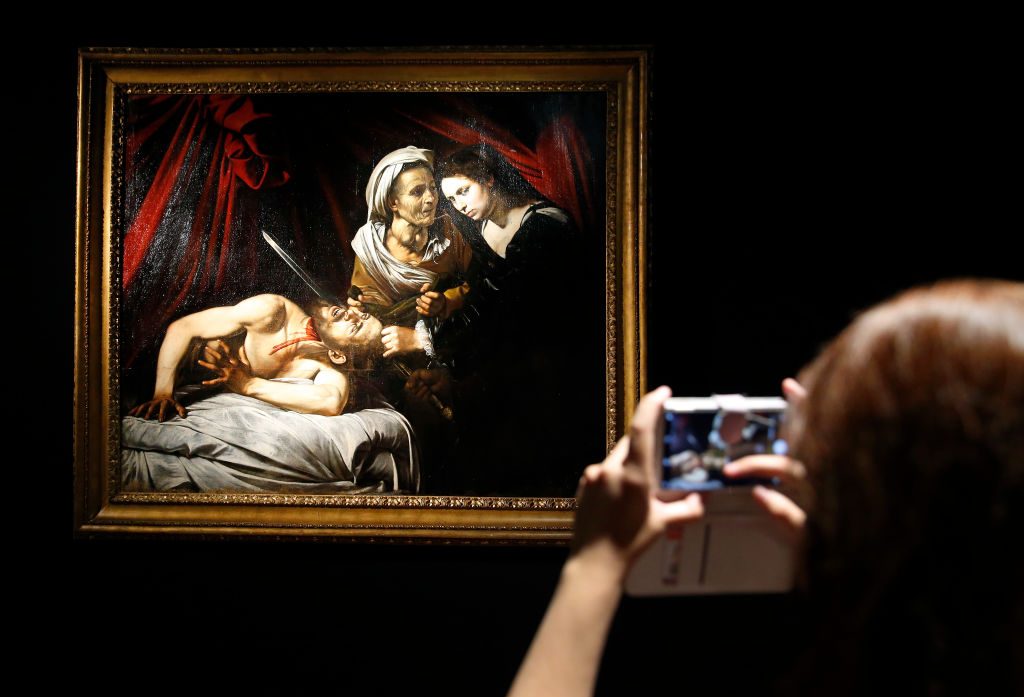
A visitor takes a picture of the painting Judith Beheading Holofernes (1607) by Caravaggio, at Drouot auction house on June 14, 2019 in Paris. Photo by Chesnot/Getty Images.
Wheel of Fortune
The Caravaggio discovery that made his firm an international name came at perhaps the most challenging juncture of Turquin’s decades-long career. The attribution was the result of what Turquin described as a five-year battle to persuade the field, including many long-time friends. “It was a very exhausting, very tiring, and very energy consuming process, but at the end a triumph,” he said.
If the ongoing saga over the $450 million Salvator Mundi attributed to Leonardo da Vinci has taught us anything, it is that such opinions can divide even the most seasoned experts (and that unqualified people often tend to weigh in when there is an exciting price tag attached).
“There is something objective in paintings. There is the paint itself, the pigments, the oil, the panel, or the canvas, the signature,” Turquin said “but what makes the value of a picture is 100 percent subjective.”
The Caravaggio win transformed Turquin’s firm from a small, local French business into an international name. “In my opinion, Eric Turquin is among the outstanding figures involved in the art market, not only for the quality and range of works of art handled, but for the research to which he and his team are committed,” said Keith Christiansen, the former chair of the Metropolitan Museum of Art’s department of European painting.
For his part, Turquin is still in disbelief: “If I had been told three years ago that people would spend millions on pictures based on my description without seeing them, I would not have believed it,” he said. “But now they do it.”
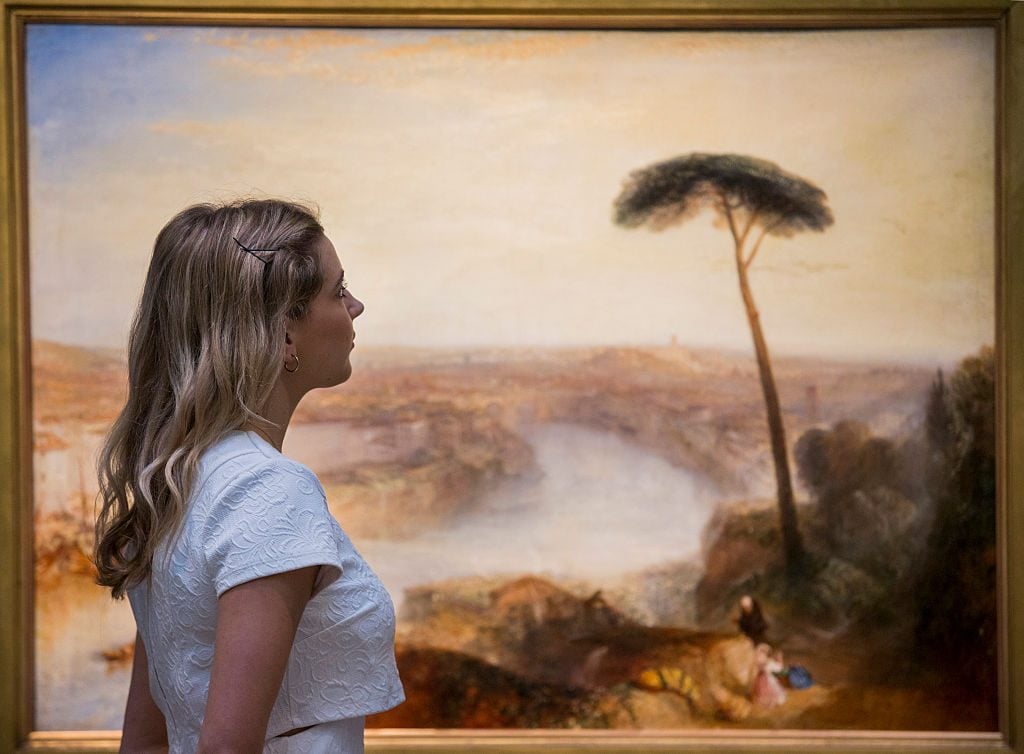
A Sotheby’s auction house employee views Rome, from Mount Aventine by J.M.W. Turner on November 28, 2014 in London, England. Photo by Rob Stothard/Getty Images.
Market Resuscitation
Success stories like Turquin’s make the unfashionable Old Masters market look sexy—a much needed boost for the field as the old guard ages out. Add to that decades of sleepy activity and complaints about a lack of supply means that younger people have been deterred from entering the fray.
Turquin conceded that the Old Masters market was “half dead” a decade ago, but that it has been recovering over the past five years. This was actually accelerated by the lockdown, and the improvement of online access to sales, which has broken down the barriers to entry for collectors. Today, Turquin sees new buyers dipping their toes into the market: “They are much younger, with a totally different approach to paintings—and to money also,” he said. “I’m very optimistic for the market.”
These new buyers often come from the contemporary art market, where the approach to collecting is not as different as people might assume. Aficionados of both contemporary art and Old Masters are bargain hunters who want to make a discovery. “There is a notion of involvement when you buy a contemporary artist, because you are betting on him. You’re banking on him. You’re gambling on him,” Turquin said. “You have the same with Old Masters. People have always bought Old Masters because they challenged the attribution, or they challenged the fact that this school of painting was forgotten and needed to be truly worth more.”
Addressing questions about lack of supply to the market, Turquin listed off several periods in history when the market was suddenly flooded, including the early 20th century when the Nazis in Germany, and the Soviets in Russia, began to sell off property from museums.
“Who would have believed, in 1914, that Catherine II’s paintings would come on the market? Not only did they come on the market, but they came by the hundreds,” Turquin said. “And who would have thought, even 15 years ago, that there would be so many pictures that were looted during World War II that would come back on the market, sold by their rightful owners?”
With such potential inventory, Turquin added, there is a strong demand for expertise and he sees plenty of scope for his young interns. Meanwhile, he is beefing up his own business to make sure it survives his retirement. But he’s reluctant to give up his work just yet. It’s the curse of all those who are passionate about their job. As Turquin put it succinctly: “I can do nothing else in life.”
Follow Artnet News on Facebook:
Want to stay ahead of the art world? Subscribe to our newsletter to get the breaking news, eye-opening interviews, and incisive critical takes that drive the conversation forward.
